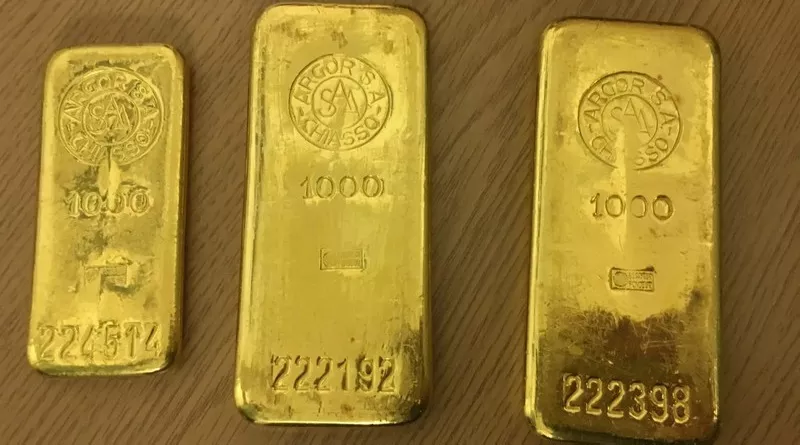Central banks worldwide have significantly ramped up their gold acquisitions in recent years, driven by a multitude of factors, according to a recent report by UBS. Highlighting gold’s role as a hedge against inflation, a diversifier during market turbulence, and a stable asset in times of economic uncertainty, UBS underscored the sustained interest in gold among central banks.
The aftermath of the Ukraine conflict and the freezing of approximately $300 billion in Russian foreign assets have spurred smaller countries vulnerable to Western sanctions to bolster their gold reserves. This trend, while not immediately altering the dominance of the dollar, suggests a perceptual shift in central bank sovereignty and has sparked discussions about reforming the international financial system.
As of the end of 2023, central banks collectively held around 37,000 metric tons of gold, equivalent to 16.7% of their total foreign exchange reserves. Leading the pack are developed countries like the United States, Germany, Italy, and France. However, emerging markets, notably Russia and China, have seen substantial increases in their gold holdings, reflecting a broader strategy to diversify assets away from major currencies such as the US dollar, euro, Japanese yen, and British pound.
According to UBS strategists, the uptick in gold purchases aligns with efforts by central banks to mitigate risk and reduce dependency on traditional reserve currencies. The World Gold Council’s survey of reserve managers has identified gold’s enduring value as an inflation hedge, its lack of counterparty risk, and its daily liquidity as pivotal reasons for its inclusion in national reserves. These attributes become particularly crucial amid escalating public debts globally.
Nevertheless, discrepancies in reported gold purchases between entities like the International Monetary Fund (IMF) and private sources like Metals Focus suggest potential underreporting of gold acquisitions by sovereign wealth funds, underscoring the sensitivity and opacity of reserve disclosures.
Historically, central bank actions have wielded significant influence over gold prices. Unlike the mid-1960s, when central banks sold gold to maintain the gold standard, today’s market is characterized by greater liquidity and diversity.
Looking ahead, UBS anticipates continued robust demand for gold from central banks, driven by geopolitical tensions, persistent inflation pressures, and potential reductions in US interest rates. They forecast gold prices to reach $2,600 per ounce by the end of this year and $2,700 per ounce by mid-2025, advising a 5% allocation to gold in a balanced USD-based portfolio for individual investors.


